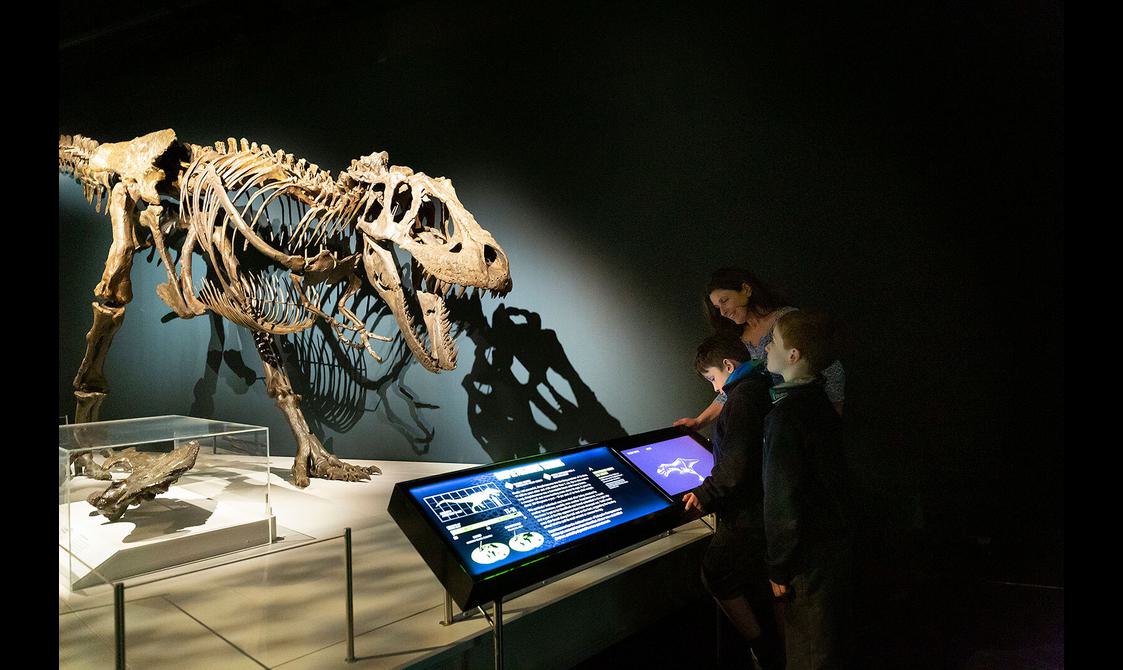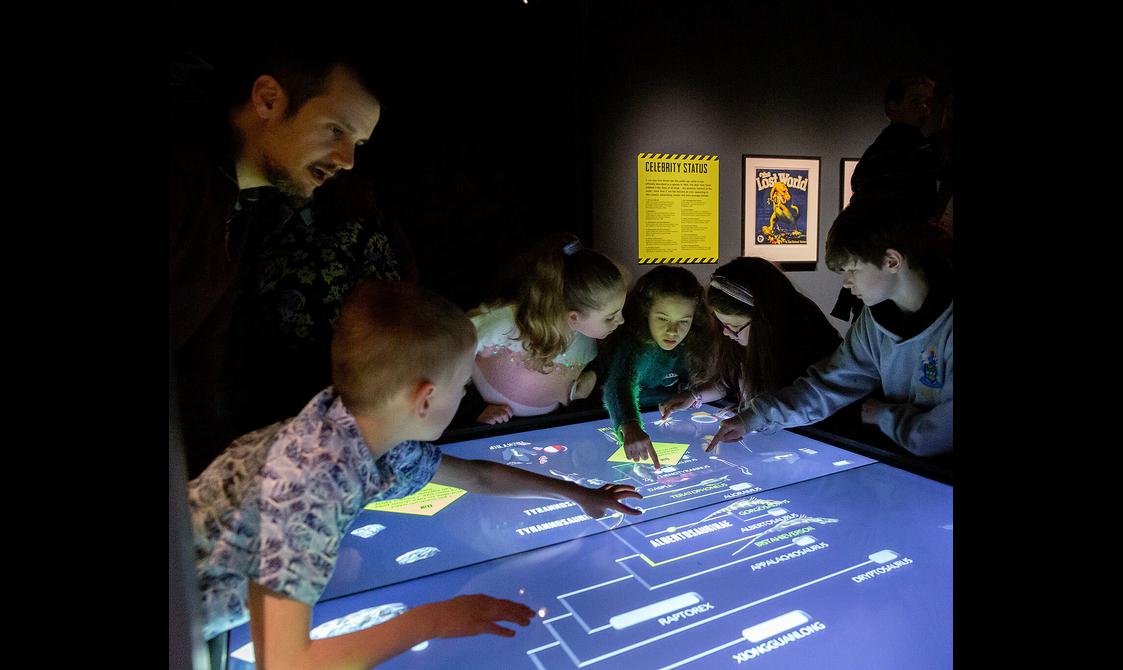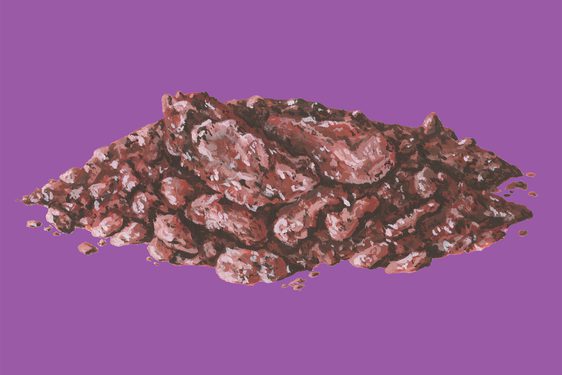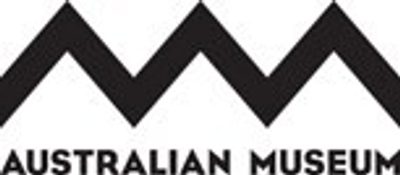
About Tyrannosaurs
Tyrannosaurs explored the most feared and revered of all dinosaurs, bringing the latest palaeontological discoveries to life and challenging preconceptions about these ferocious predators.
While the most famous of the species is the mighty T. rex, tyrannosaurs came in all shapes and sizes, and their history extends over 100 million years. The exhibition featured extremely rare fossil specimens, cast skeletons – including one of ‘Scotty’, one of the largest and most complete T. rex skeletons in the world – and incredible models of feathered dinosaurs. Visitors explored the diversity of tyrannosaur skulls and found out what variations in structure can tell us about different hunting and feeding strategies.
Tyrannosaurs used cutting-edge technology, including hands-on and multimedia experiences and an interactive augmented reality experience where visitors could play with life-sized dinosaurs in the gallery.
Despite their final demise during one of Earth’s biggest mass extinction events, tyrannosaurs live on both in popular imagination and even through to their present-day bird cousins.
Tyrannosaur research is one of the hottest areas in palaeontology – several species have been described in just the past decade – and exciting new discoveries are regularly re-drawing the family tree.
'Jurassic thrills which will have kids gasping in the greatest amazement, and which are bound to make it a guaranteed hit.'
The List
'Fascinating'
Herald Scotland
'Roarsome, jawsome, awesome!'
Primary Times
Inside the exhibition

T.rex on display in the Tyrannosaurs exhibition

T.rex in the Tyrannosaurs exhibition, 2020

Interactive touchscreen in the Tyrannosaurs exhibition, 2020
Behind the scenes
Take a look behind the scenes and watch the construction of Scotty the T. rex.
Visitor views
Created by the Australian Museum and toured internationally by Flying Fish
Supported by players of People’s Postcode Lottery
You might also like
- Discover

The mineral pentlandite and its Scottish connections
The mineral Pentlandite could be named after several things with a Scottish connection, but which one? Or is it something else entirely?Pentlandite is an iron nickel sulphide with the chemical formula (Fe,Ni)₉S₈. It is found in nature as…Keep reading - Discover

Macaulayite: A cosmic mineral
From Scotland to Canada to Mars; the story of this mineral's name really takes us places!This mineral is an altogether different kettle of fish. And it's a fish with a distinctly cosmic flavour. Macaulayite is an extremely rare mineral. It…Keep reading - Discover

Woolly mammoths in Scotland and beyond
During the Ice Ages, woolly mammoths roamed vast territories covering Europe, northern Asia, and North America. Tusks in our collection confirm that some mammoths made their home in Scotland. We tell the story of how these tusks were…Keep reading

